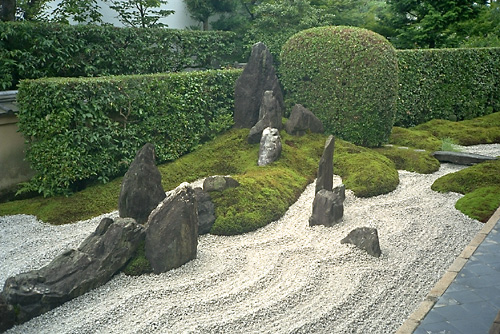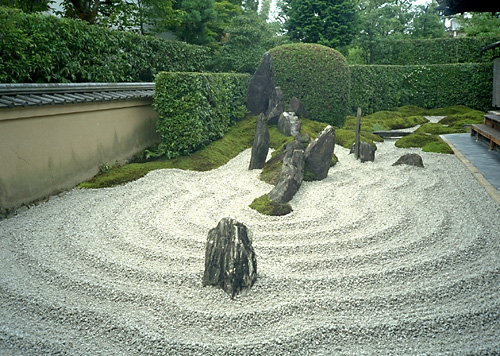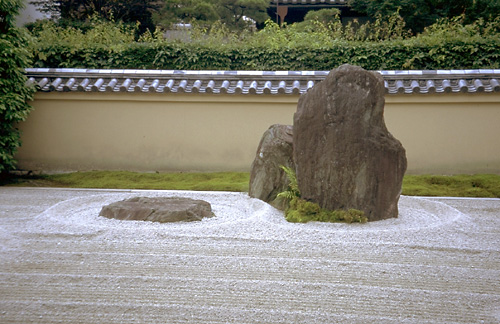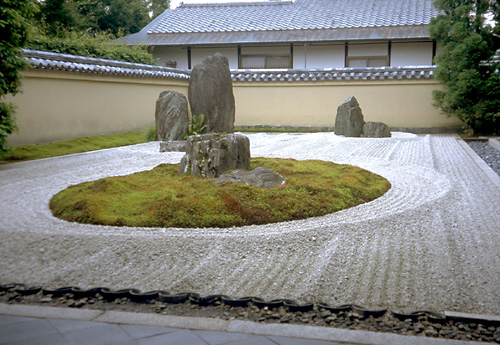Click on this image to see more for this period
The mystery and intrigue of man’s creative ability to stand stone upright has proven to be one of the most powerful aesthetic and spiritual creations of man’s history.
Dolmens like Stonehenge and Carnac are examples of the art of standing stone. In almost all ancient, medieval and even some modern cultures this art form was used to represent man’s deep spiritual relation to earth, and heaven. The Japanese garden is based upon this spiritual art form.
The Sakuteiki, perhaps the world’s oldest manuscript on gardening was written in Japan during the Heian Period (794-1185 AD), and it has been the dominant guide for Japan gardening since it’s inception.
It begins with “Ishi wo taten koto” which translates as “the art of setting stones” or “the art of standing stones”. This simple statement tells us that this concept is imperative when making a Japanese garden and maybe the true act of gardening itself.




